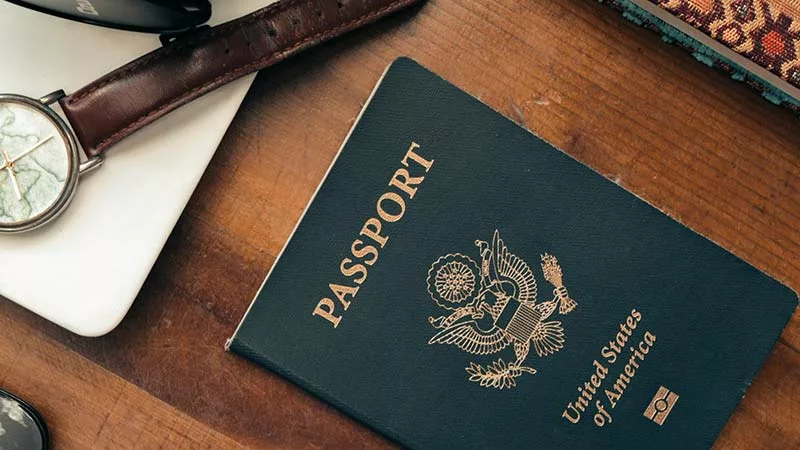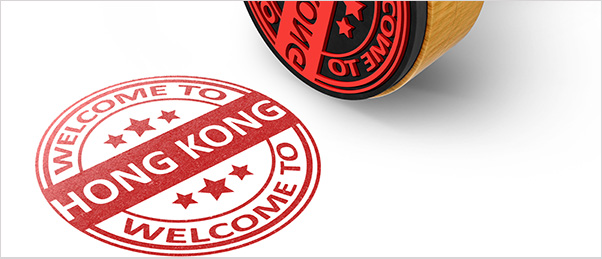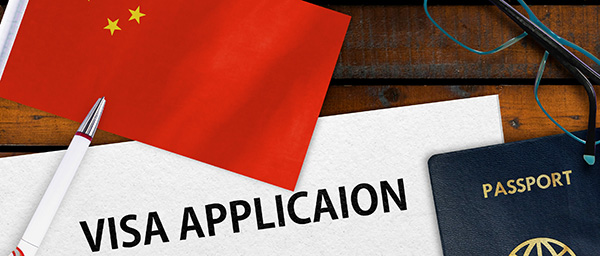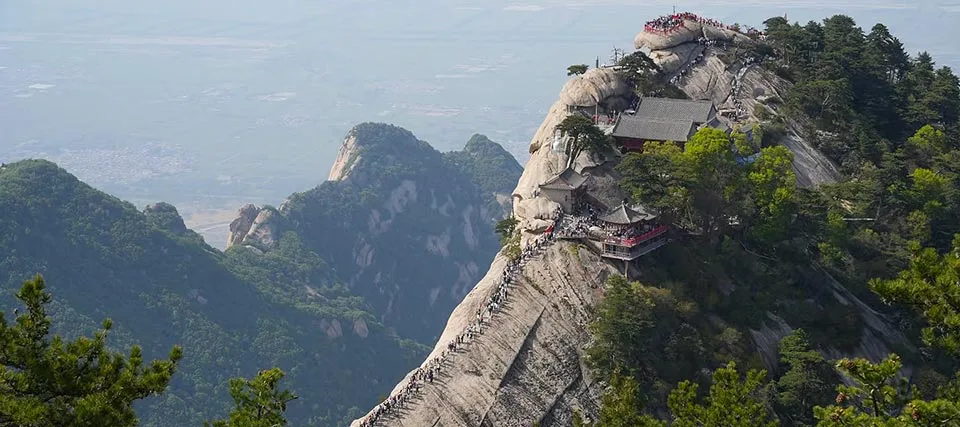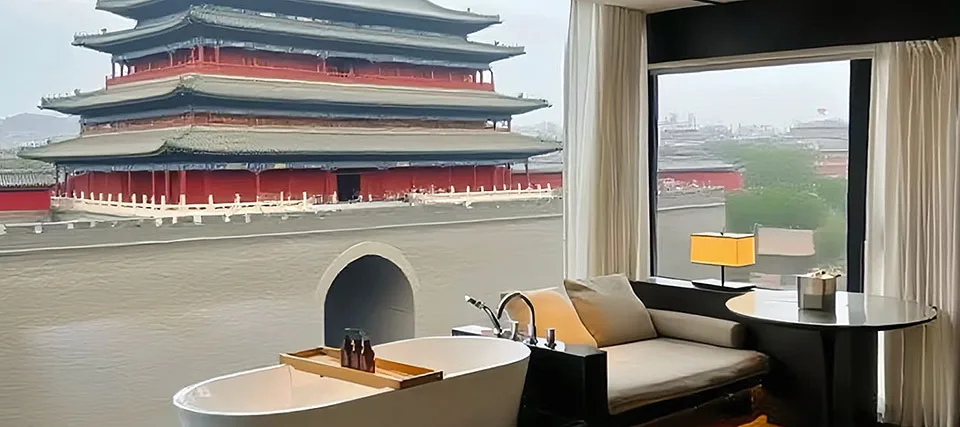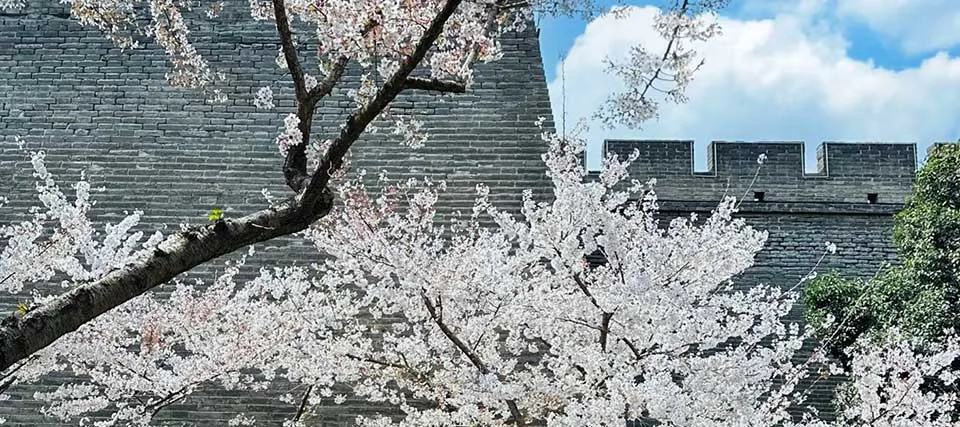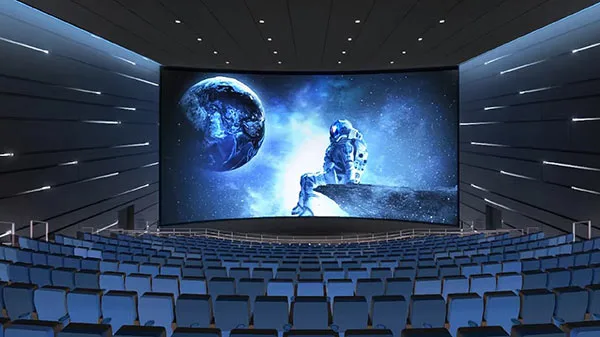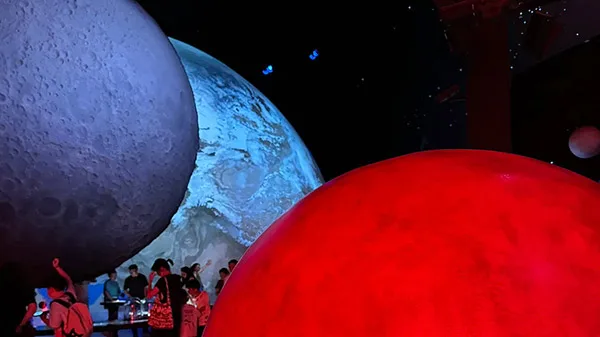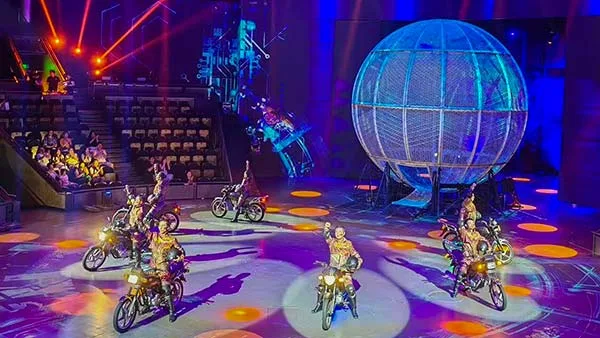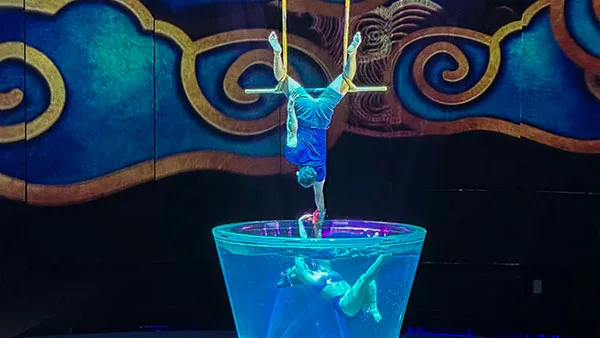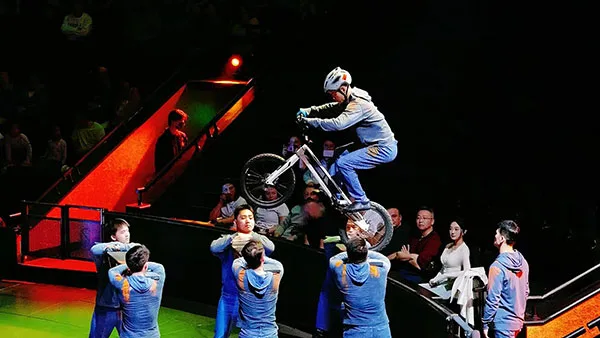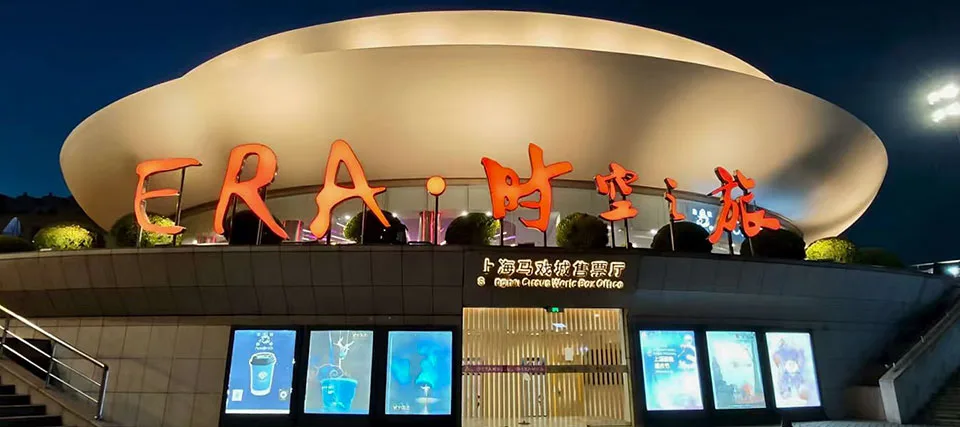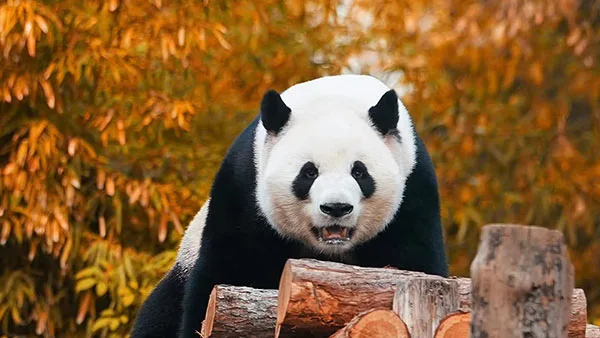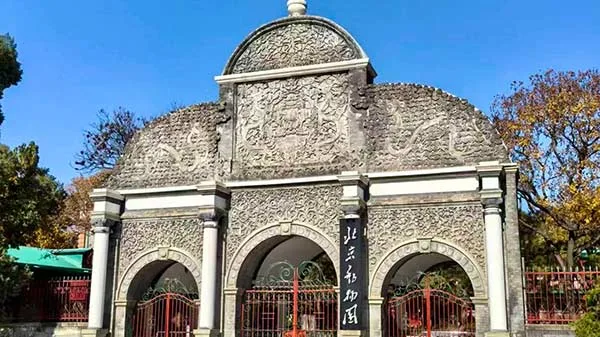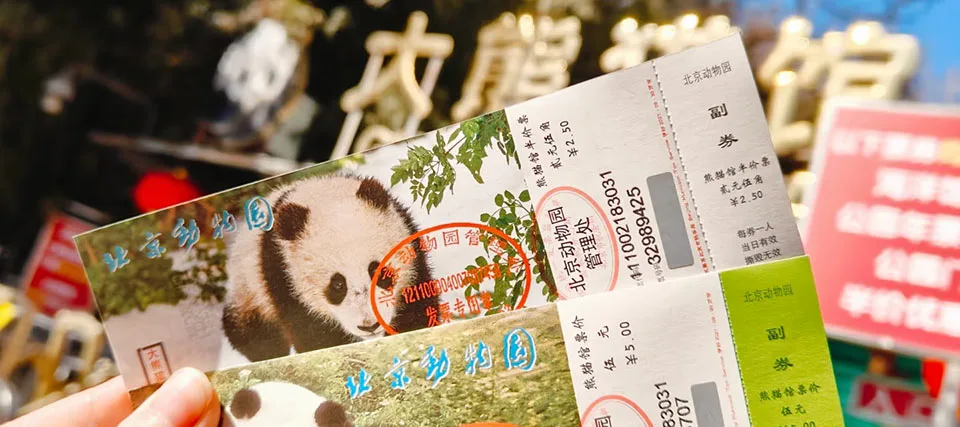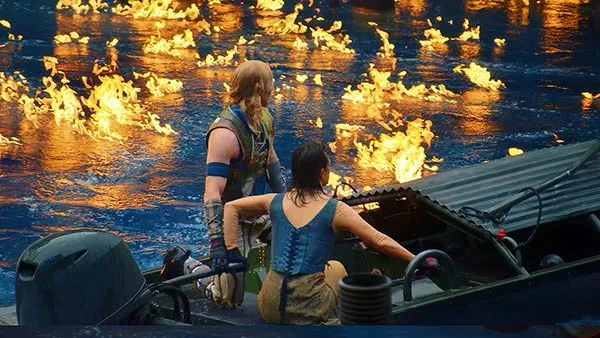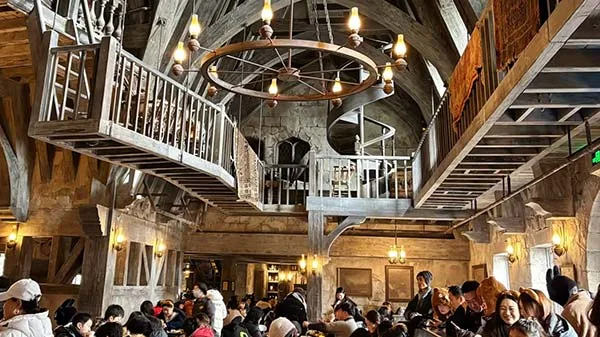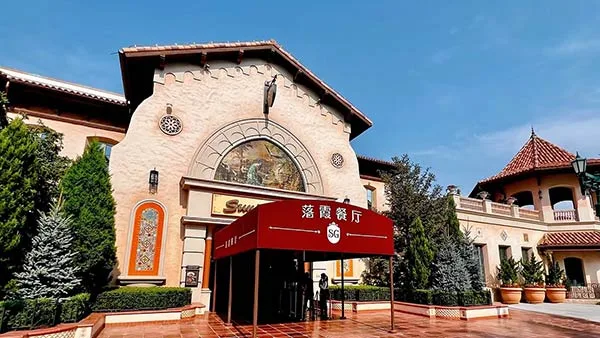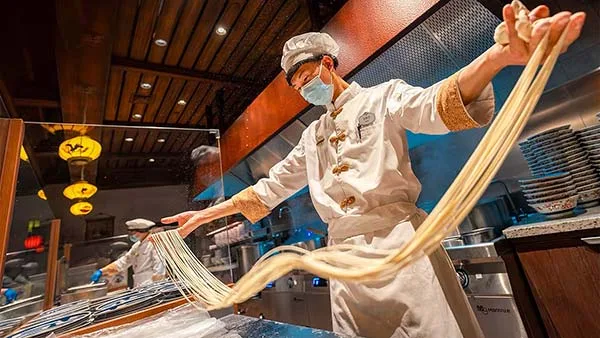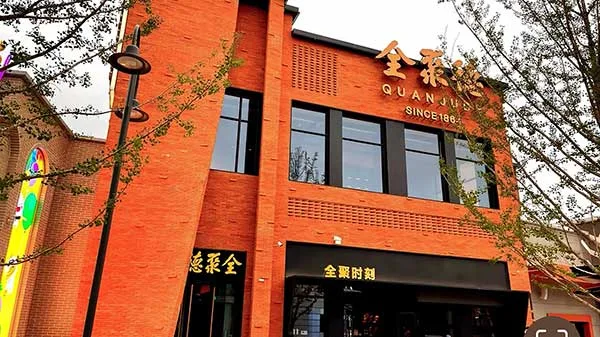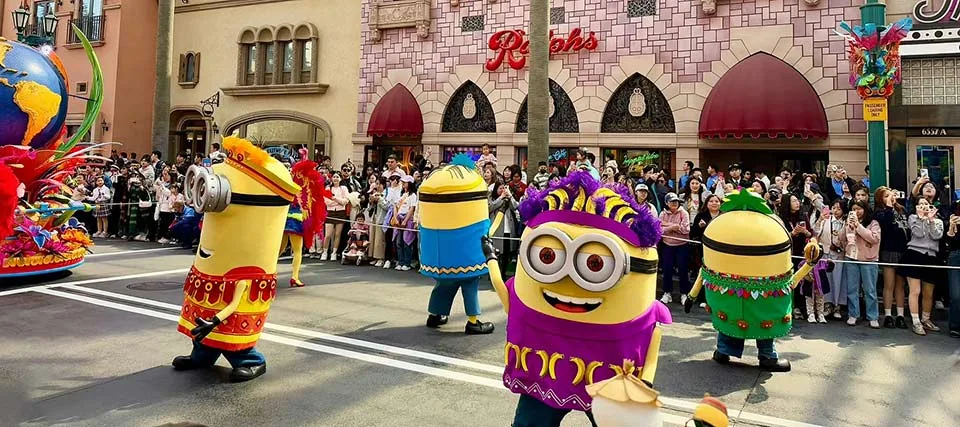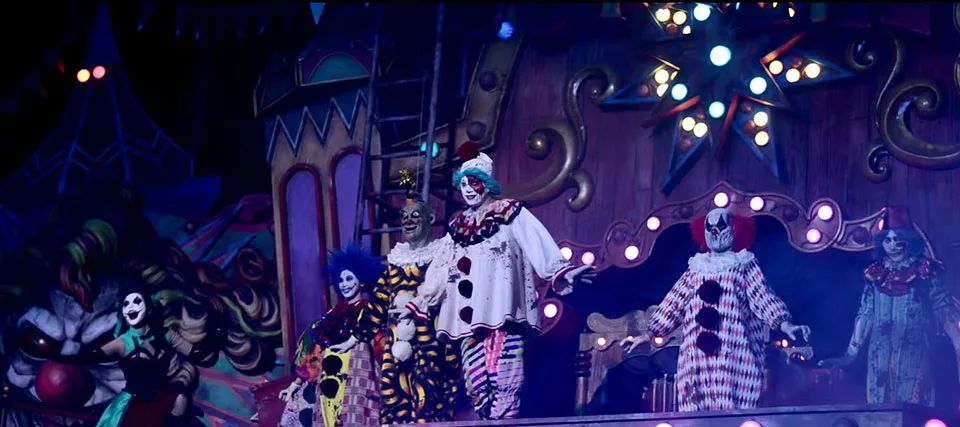
If China has ever been on your must-visit list, there are various options when it comes to visas. For convenience and practicality, it’s hard to go past a China Transit Visa if you’re willing to comply with the visa’s application requirements.
For some time now, the Chinese Government has implemented visa-free travel for certain foreign passport holders, with travel periods extending to 24, 72, or 144 hours. And now even extended to 240 hours since December 17, 2024. If this kind of short-term travel option appeals to you, read on for more details that will help you make the most of your available time on a China Transit Visa.
Who qualifies for a China Transit Visa and where can I get one?

While the China Transit Visa allows for considerable visa-free travel in China, it doesn’t apply universally – to passport holders or ports of entry in China.
Essentially, visa-free travel is an option if you’re a foreign passport holder and in transit, that is, on your way, to a third country or region by plane, ship or train.
Foreign travelers from all other countries in the world can apply for a 24-hour visa-free transit at all international ports of entry in China. Eligible foreign nationals from 55 countries can apply for the 240-hour visa-free transit at 65 ports in 24 provinces, autonomous regions, or municipalities. Among the many cities where these visas can be obtained are popular destinations like Beijing, Shanghai, Guangzhou, Chengdu, Chongqing, Xi’an, Shenyang, Dalian, Hangzhou, Guilin, Zhangjiajie, and Xiamen. No more limited by the “visa-free transit zone”, you can now enjoy the “cross province” travel in the “permitted stay areas” that cover 24 specified provincial-level regions.
If you are not eligible for China’s transit visa exemption policy, your Transit or (G) Visa application will need to be made and completed prior to departure and can be obtained by visiting the visa office of the Chinese Embassy or Consulate, or Chinese Visa Application Service Center in your country. You will need a valid passport (at least 6 months of remaining validity) with at least one blank visa page in it, the application form, an acceptable photo, the valid visa of the country of destination, and the final destination air, train or ship tickets with confirmed travel date and seat.
24 hours visa-free transit

If you transit through China by airplane, ship or train, you are permitted to stay at the port for up to 24 hours. A Chinese visa is not required, however you will need to apply for a preliminary entry permit on arrival, and you will need to apply for temporary entry if you leave the port of entry. This visa exemption is available to all foreign travelers, and at all the accessible exit-entry ports in China..
72/144 hours extended to 240 hours visa-free transit
As of December 17, 2024, the previous 72/144 hours visa-free transit in China has been extended to 240 hours (10 days). If you are a citizen from one of 55 countries around the world, you are permitted to transit through China to a third country or region within 240 hours without a Chinese visa. Instead, you can apply for visa-free transit on arrival at the specified Chinese border (65 eligible ports). This visa exemption is mainly available at 46 international airports in 43 specific cities (check the table below) as well as some passenger ports and a railway station.
| CITY | INTERNATIONAL AIRPORT | CITY | INTERNATIONAL AIRPORT |
|---|---|---|---|
| Beijing | Beijing Capital International Airport Beijing Daxing International Airport | Shanghai | Shanghai Hongqiao International Airport Shanghai Pudong International Airport |
| Guangzhou | Guangzhou Baiyun International Airport | Chengdu | Chengdu Shuangliu International Airport Chengdu Tianfu International Airport |
| Xi’an | Xi’an Xianyang International Airport | Chongqing | Chongqing Jiangbei International Airport |
| Guilin | Guilin Liangjiang International Airport | Zhangjiajie | Zhangjiajie Hehua International Airport |
| Changsha | Changsha Huanghua International Airport | Dalian | Dalian Zhoushuizi International Airport |
| Fuzhou | Fuzhou Changle International Airport | Guiyang | Guiyang Longdongbao International Airport |
| Haikou | Haikou Meilan International Airport | Hangzhou | Hangzhou Xiaoshan International Airport |
| Harbin | Harbin Taiping International Airport | Hefei | Hefei Xinqiao International Airport |
| Huangshan | Huangshan Tunxi International Airport | Jieyang | Jieyang Chaoshan International Airport |
| Jinan | Jinan Yaoqiang International Airport | Kunming | Kunming changshui International Airport |
| Lijiang | Lijiang Sanyi International Airport | Nanchang | Nanchang Changbei International Airport |
| Nanjing | Nanjing Lukou International Airport | Nanning | Naning Wuxu International Airport |
| Ningbo | Ningbo Lishe International Airport | Qingdao | Qingdao Jiaodong International Airport |
| Quanzhou | Quanzhou Jinjiang International Airport | Sanya | Sanya Phoenix International Airport |
| Shenyang | Shenyang Taoxian International Airport | Shenzhen | Shenzhen Bao’an International Airport |
| Shijiazhuang | Shijiangzhuang Zhengding International Airport | Taiyuan | Taiyuan Wusu International Airport |
| Tianjin | Tianjin Binhai International Airport | Weihai | Weihai Dashuipo International Airport |
| Wenzhou | Wenzhou Longwan International Airport | Wuhan | Wuhan Tianhe International Airport |
| Wuxi | Su’nan Shuofang International Airport | Xiamen | Xiamen Gaoqi International Airport |
| Yangzhou | Yangzhou Taizhou International Airport | Yantai | Yantai Penglai International Airport |
| Zhengzhou | Zhengzhou Xinzheng International Airport | Beihai | Beihai Fucheng Airport |
| Wuyishan | Wuyishan Airport |
What you need for a 240- hour visa-free transit
Requirements for a 240-hour visa transit are similar to other China transit visas. You will need:
- A valid passport with at least 6 months validity and required visas for destination countries (if relevant)
- Your ticket for travel beyond China with a confirmed date and seat, indicating departure within the 240-hour window. The ticket must also show your destination before arrival in China, including any stopovers outside China (required as evidence of a third country). For transit purposes, Hong Kong and Macau are considered third territories. Be aware that your departure city and the destination city must be in different countries or regions.
- To smooth the process on arrival in China, let the airline check in staff know you will need a visa free transit. They will advise customs at the related Chinese airport custom of your request before landing.
- Prior to disembarking from the plane, you will complete the Arrival Card for Temporary Entry Foreigners.
- Once you have disembarked from the plane, visit the relevant customs counter to obtain approval for your 240-hour Visa-Free Transit and have your passport stamped with a “Temporary Entry Permit”.
Which countries are eligible for China 240-hour visa-free transit
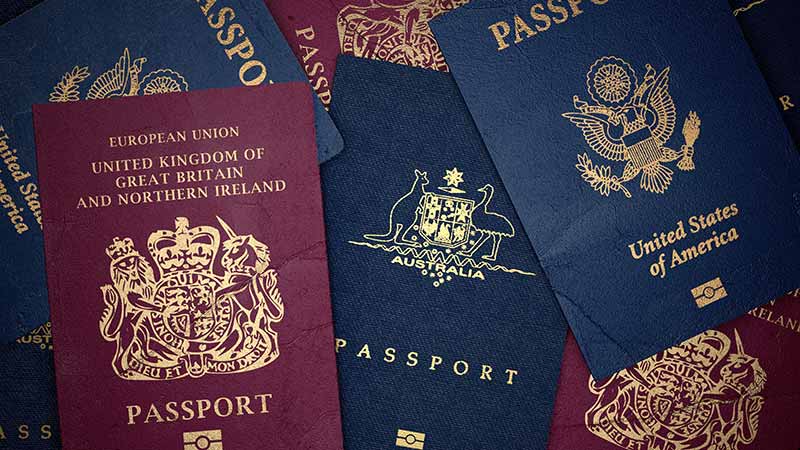
Wondering if your country of origin means you can apply for 240-hour China visa-free transit? Check out the list below before you start your application process.
| 40 European countries | Austria, Belgium, Czech Republic, Denmark, Estonia, Finland, France, Germany, Greece, Hungary, Iceland, Italy, Latvia, Lithuania, Luxembourg, Malta, Netherlands, Poland, Portugal, Slovakia, Slovenia, Spain, Sweden, Switzerland, Monaco, Russia, United Kingdom, Ireland, Cyprus, Bulgaria, Romania, Ukraine, Serbia, Croatia, Bosnia and Herzegovina, Montenegro, North Macedonia, Albania, Belarus, Norway |
| 6 countries in North and South America | United States, Canada, Mexico, Brazil, Argentina, Chile |
| 2 Oceania countries | Australia, New Zealand |
| 7 Asian countries | Japan, South Korea, Singapore, Brunei, United Arab Emirates, Qatar, Indonesia |
Visa-free cities in China
What about the visa-free cities in China? Based on the List of Ports and Allowed Areas for 240-hour Visa-Free Transit, we add the main cities and popular destinations as the references for a clearer view. Run your eye over the list below and start planning your next stopover in China.
| Provinces (Autonomous Regions and Municipalities) | Eligible Ports | Permitted Stay Areas | Main Cities / Popular Destinations you may visit |
|---|---|---|---|
| BEIJING | Beijing Municipality | Great Wall, Forbidden City, Tiananmen Square, Temple of Heaven, Summer Place, Hutongs | |
| TIANJIN | Tianjin Municipality | Tianjin Eye (Ferris wheel), Ancient Culture Street, Tianjin Museum, Five Great Avenues | |
| HEBEI | Hebei Province | Shijiazhuang, Qinhuangdao, Chengde, Zhangjiakou (Jinshanling Great Wall, Chengde Mountain Resort, Shanhai Pass, Beidaihe, Zhangbei Grassland, Wanlong Ski Resort) | |
| LIAONING | Liaoning Province | Shenyang, Dalian, Benxi, Dandong Anshan (Mukden Palace, Dalian Xinghai Park, Anshan Jade Buddha Palace) | |
| SHANGHAI | Shanghai Municipality | The Bund, Yuyuan Garden, Shanghai Museum, Shanghai Tower, Yu Garden Bazaar, Jade Buddha Temple, Shanghai Science and Technology Museum, Zhujiajiao Ancient Water Town, Shanghai Disneyland Park | |
| JIANGSU | Jiangsu Province | Nanjing, Suzhou, Wuxi, Yangzhou, Lianyungang, Xuzhou, Nantong, Zhenjiang (Purple Mountain, Sun Yat-sen Mausoleum, Ming dynasty city wall and gates, Classical Gardens of Suzhou, Zhouzhuang, Yangzhou Slender West Lake) | |
| ZHEJIANG | Zhejiang Province | Hangzhou, Ningbo, Wenzhou, Shaoxing, Yiwu, Zhoushan (West Lake, Lingyin Temple, | |
| ANHUI | Anhui Province | Hefei, Huangshan, Wuhu, Anqing (Mount Huangshan, Tunxi, Xidi, Hongcun, Jiuhua Mountain) | |
| FUJIAN | Fujian Province | Fuzhou, Xiamen, Quanzhou, Zhangzhou (Gulangyu Island,Fujian Tulou Cluster, South Putuo Temple, Danxia Landform in Taining, Wuyi Mountains) | |
| SHANDONG | Shangdong Province | Jinan, Qingdao, Yantai, Weihai, Qufu, Tai’an, Weifang (Temple and Cemetery of Confucius in Qufu, Mount Tai, Baotu Spring, Daming Lake, Laoshan Mountain, Penglai Pavilion) | |
| HENAN | Henan Province | Zhengzhou, Luoyang, Kaifeng, Anyang (Longmen Grottoes, Shaolin Temple, Mount Song, White Horse Temple, Yinxu, Yuntai Mountain) | |
| HUBEI | Hubei Province | Wuhan, Yichang, Jingmen, Shiyan (Three Gorges of the Yangtze, Shennongjia, Yellow Crane Tower, Mount Wudang) | |
| HUNAN | Hunan Province | Changsha, Hengyang, Zhuzhou, Yueyang, Zhangjiajie (Wulingyuan, Zhangjiajie National Forest Park, Yueyang Tower, Fenghuang ancient town, Mawangdui) | |
| GUANGDONG | Guangdong Province (Exits available at all open ports across the province) | Guangzhou, Shenzhen, Zhuhai, Shantou, Foshan, Dongguan, Zhongshan, Chaozhou (Chen Clan Ancestral Hall, Shamian Island, Danxia Mountain, Window of the World) | |
| HAINAN | Hainan Province | Haikou, Sanya, Yalongwan, Wenchang, Qionghai (Yalong Bay, Nanshan Temple, Tianya Haijiao, Luhuitou Park, Wuzhizhou Coral Island) | |
| CHONGQING | Chongqing Municipality | Three Gorges of Yangtze River, Ciqikou, Hongyadong, Fengdu Ghost City, Baiheliang Underwater Museum, Dazu Rock Carvings | |
| GUIZHOU | Guizhou Province | Guiyang, Zunyi, Anshun, Liupanshui, Kali (Huangguoshu Waterfall, Mount Fanjing, Kaili Miao Villages, Zhenyuan Ancient Town, Libo Xiaoqikong Scenic Area) | |
| SHAANXI | Shaanxi Province | Xi’an, Xianyang, Baoji, Hanzhong, Yan’an (Terracotta Army, Xi’an City Wall, Giant Wild Goose Pagoda, Mount Hua, Famen Temple, Hukou Waterfall, Mausoleum of the Yellow Emperor) | |
| SHANXI | Taiyuan City, Datong City | Taiyuan (Shanxi Museum, Twin Pagoda Temple, Jinci Tempel, Tianlongshan Grottoes) Datong (Yungang Grottoes, Hanging Monastery, Shanhua Temple, Huayan Monastery) | |
| HEILONGJIANG | Harbin City | Harbin Ice and Snow World, Central Street, Saint Sophia Cathedral, Sun Island | |
| JIANGXI | Nanchang City, Jingdezhen City | Nanchang (Pavilion of Prince Teng, Bayi Square, Bada Shanren Memorial Hall, Qiushui Square) Jingdezhen (China Ceramic Museum, Jingdezhen Ancient Kilns and Folk Customs Museum) | |
| GUANGXI | 12 cities – Nanning, Liuzhou, Guilin, Wuzhou, Beihai, Fangchenggang, Qinzhou, Guigang, Yulin, Hezhou, Hechi, Laibin | Nanning (Guangxi Museum, Mount Qingxiu, People’s Park, Yangmei Ancient Town) Guilin (Li River, Reed Flute Cave, Elephant Trunk Hill, Seven Star Park) | |
| SICHUAN | 11 cities — Chengdu, Zigong, Luzhou, Deyang, Suining, Neijiang, Leshan, Yibin, Ya’an, Meishan, Ziyang | Chengdu (Chengdu Research Base of Giant Panda, Kuan Alley and Zhai Alley, Jinli Street, Wenshu Yuan Monastery, Wuhou Shrine, Mount Qingcheng, Dujiangyan) Leshan (Mount Emei, Leshan Giant Buddha) | |
| YUNNAN | 9 cities – Kunming, Yuxi, Chuxiong, Honghe, Wenshan, Pu’er, Xishuangbanna, Dali, Lijiang | Kunming (Stone Forest, Yuantong Tempel) Dali (Erhai Lake, Chongsheg Temple, Dali Ancient Town) Lijiang (Old Town of Lijiang, Shuhe Ancient Town, Jade Dragon Snow Mountain) |
Comparing with the previous “visa-free transit zone”, the expansion of “permitted stay areas” provides more freedom and options to the travelers, which means they can enjoy a China tour en route to their next destination country or region. For example, they can take a 8-Day Beijing Xi’an and Shanghai tour to explore China’s ancient and modern capitals.
Other China visa-free travel considerations
Depending on your country of origin, and the region you are traveling from, there are other considerations for foreign travelers looking at China visa-free travel.
Pearl River Delta Region
For a visit to the Pearl River Delta region, a foreign citizen holding an ordinary passport issued by any country with diplomatic relations with China is exempt from a visa if he or she is already in Hong Kong or Macao and joins a tourist group organized by a travel agency, which is registered in Hong Kong or Macao. The Pearl River Delta region includes Guangzhou, Shenzhen, Zhuhai, Foshan, Dongguan, Zhongshan, Jiangmen, Zhaoqing and Huizhou. The duration of the stay must not exceed six days. 240-hour visa-free transit travelers must enter through one of the ports of Guangzhou Baiyun International Airport, Shenzhen Bao’an International Airport, Jieyang Chaoshan International Airport, Shekou Port, or Nansha Port. Exits are available at all open ports in Guangdong Province.
Hainan
Foreign travelers from 59 countries, including the United Kingdom are exempt from needing a visa for Hainan. Travelers must register with a local Hainan travel agency before arrival, providing their passport information, round trip air tickets, hotel bookings and the travel itinerary in Hainan. Travel from or through Hong Kong or other places outside Mainland China with a direct flight to Hainan is permitted. The maximum length of visa free stay in Hainan is 30 days. Travelers must apply for a China visa if the stay needs to be extended or travel to other places in China is necessary.
Visa-free Entry China
Ordinary passports holders from some countries (e.g. Singapore, Malaysia, Thailand, United Arab Emirates, Belarus) in the list of Comprehensive Mutual Visa Exemption Agreement that China signed with are permitted to enter China without a visa for a single stay up to 30 days, and a cumulative stay of no more than 90 days within any 180 days.
China has implemented unilateral visa-free policies for 48 countries, including Germany, France, Italy, The Netherlands, Spain, Switzerland, Ireland, Hungary, Austria, Belgium, Luxembourg, New Zealand, Australia, Poland, Portugal, Greece, Cyprus, Slovenia, Slovakia, Norway, Finland, Denmark, Iceland, Andorra, Monaco, Liechtenstein, Republic of Korea, Bulgaria, Romania, Croatia, Montenegro, North Macedonia, Malta, Estonia, Latvia, Japan, Negara Brunei Darussalam, Bazil, Argentina, Chile, Peru, Uruguay, Saudi Arabia, Oman, Kuwait, Bahrain, Russia and Sweden. Until December 31, 2026, ordinary passport holders from these countries (Russia – September 14, 2026) are eligible for a visa-free entry if they come to China for business, tourism, visiting relatives and friends and transit for no more than 30 days.
A final word on China visa-free travel
Although visa-free travel is very convenient for international travelers who want to explore China, as with any visa application process, there is no guarantee of your visa being approved. Just as you would with travel to any destination, you will need to confirm eligibility with the relevant port of entry in China. Chinese border officials have the right to refuse entry without warning or explanation. To help make things go as smoothly as possible on your trip to China, be sure to contact the Chinese Embassy or Consulate, or the China Visa Application Service Centre in your country for further information well before you depart.
Looking for more information about China visa-free travel? Check out other helpful articles in our Travel Guide, including a dedicated section on all things related to China visas. ChinaTours.com is a travel company dedicated to helping customers bring their travel dreams to life. We understand that your once in a lifetime trip to China starts well before departure, that’s why we provide useful information about important details on topics like China Transit visas to help make your arrival in China run like clockwork.



